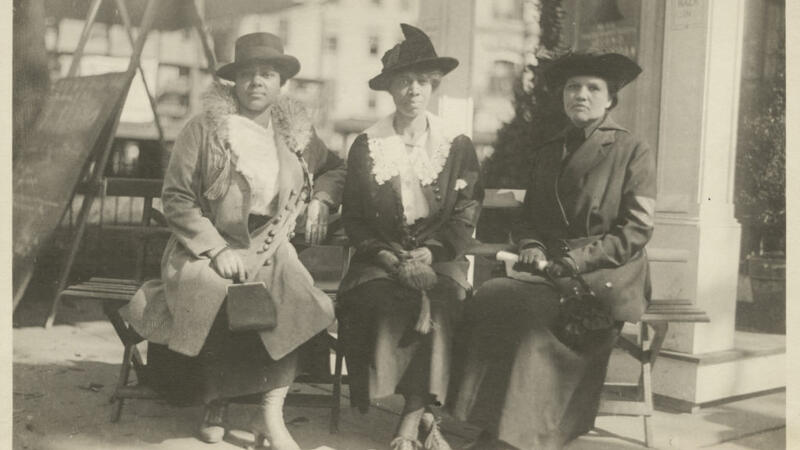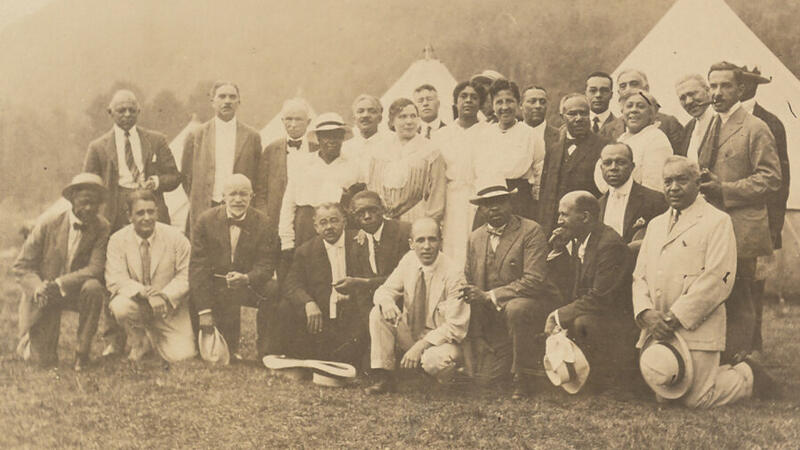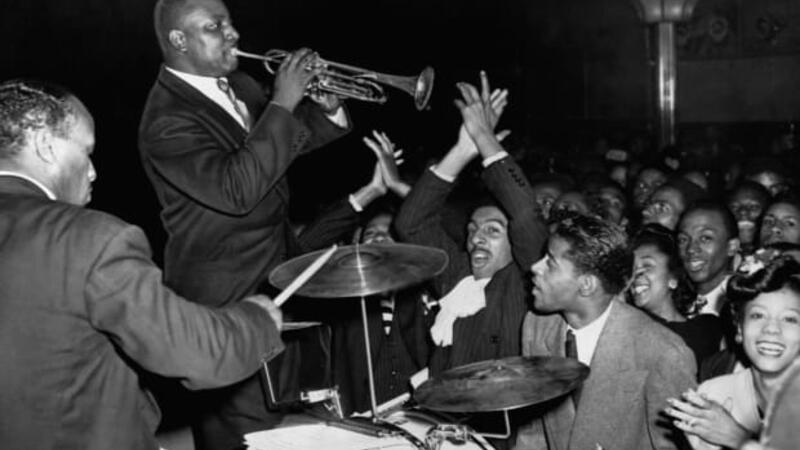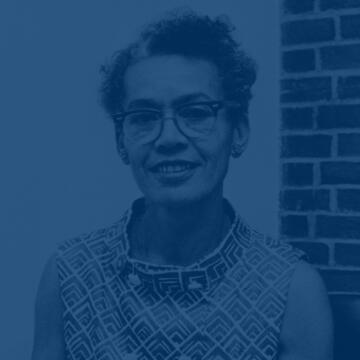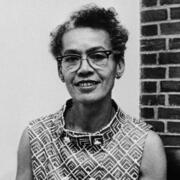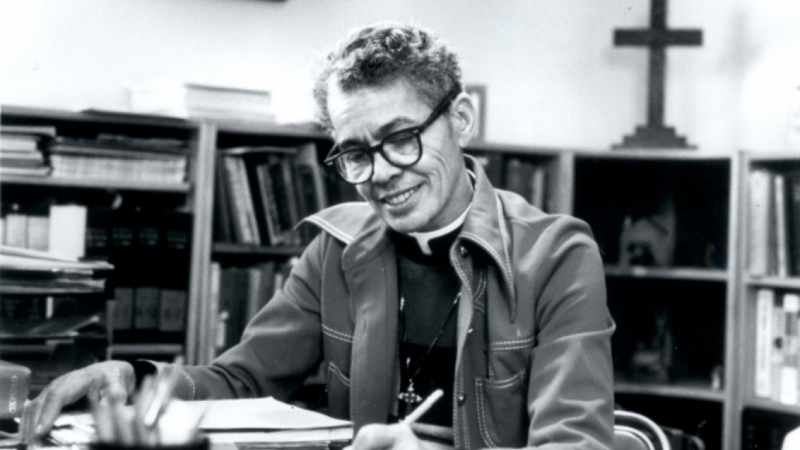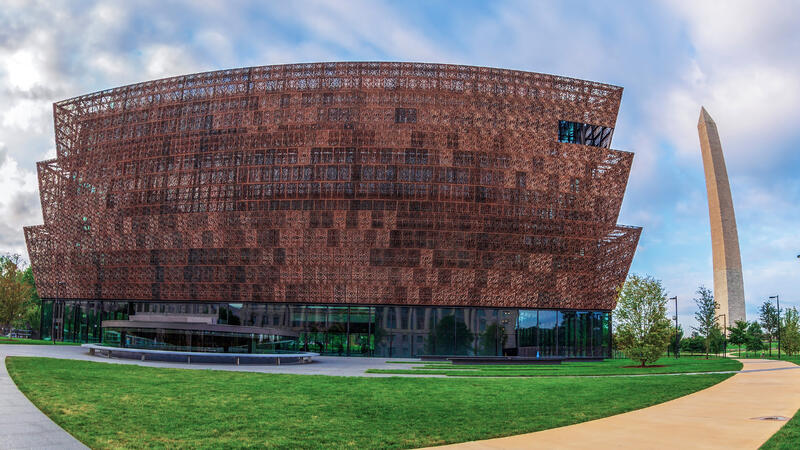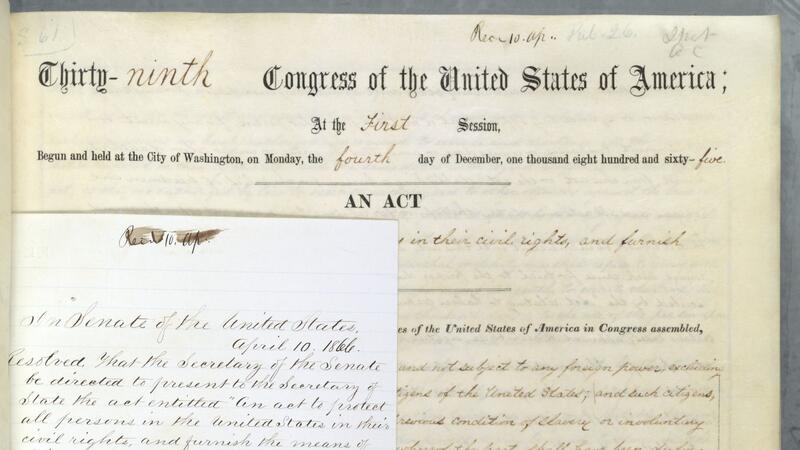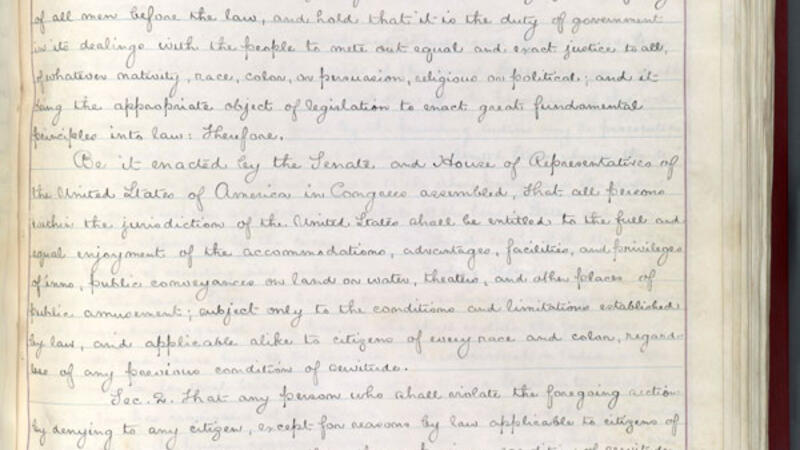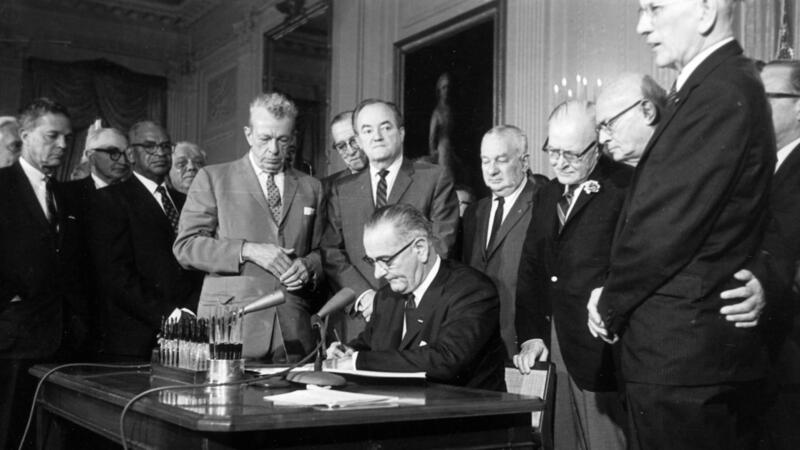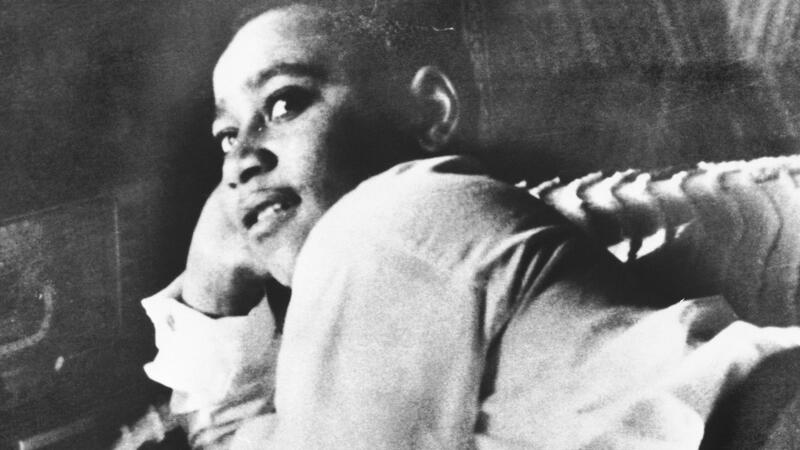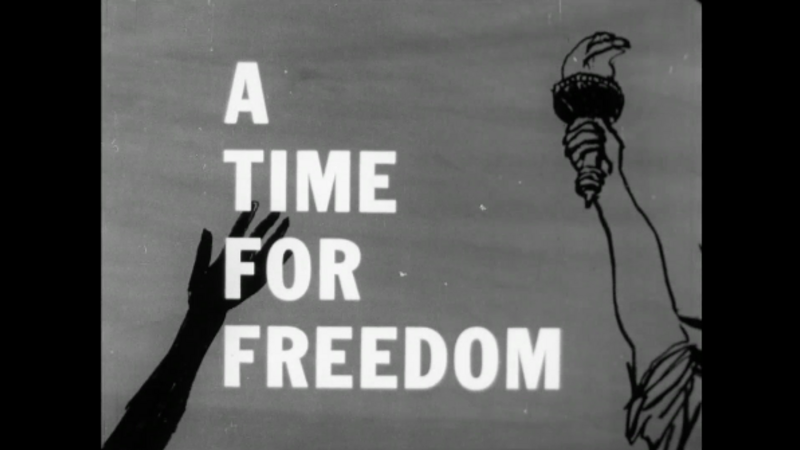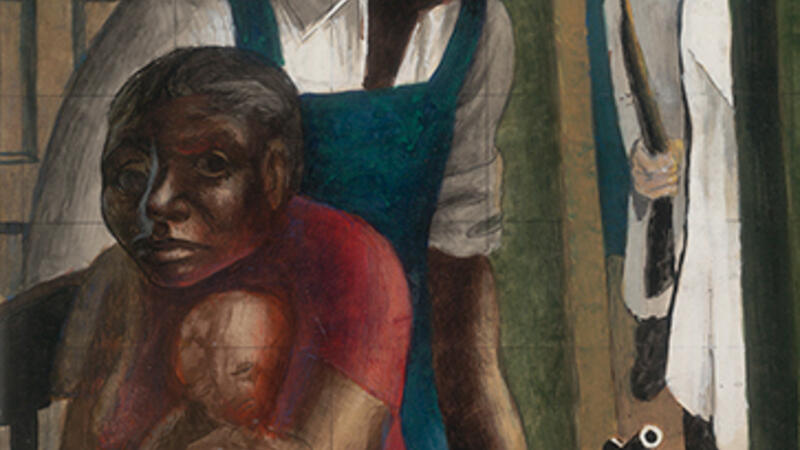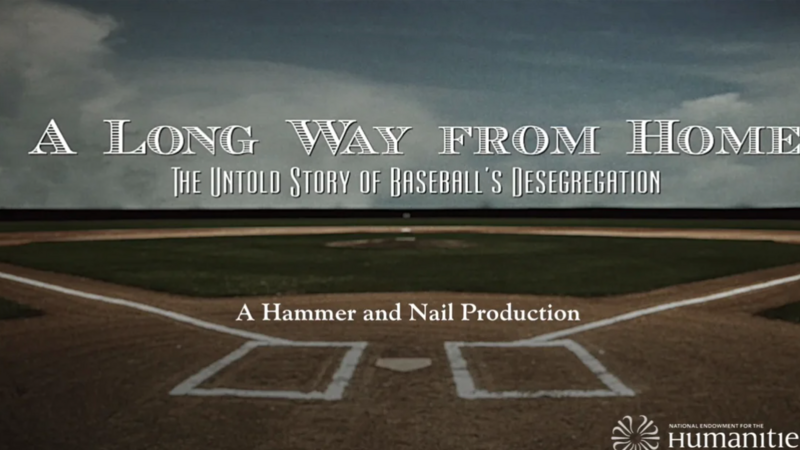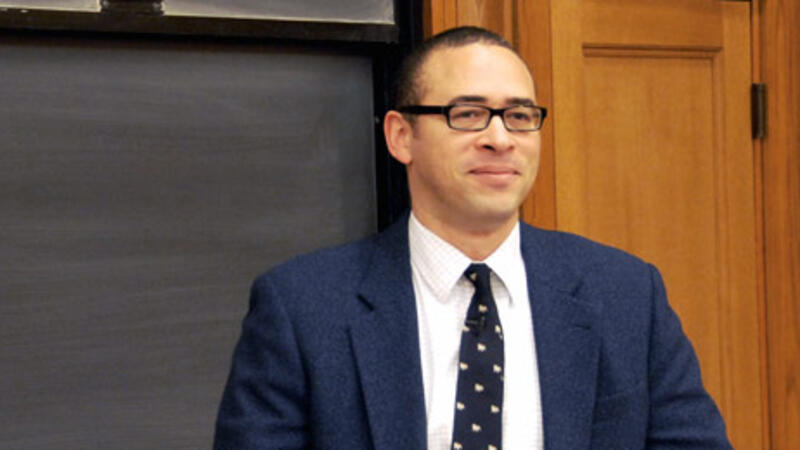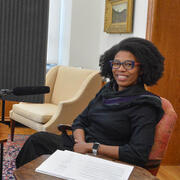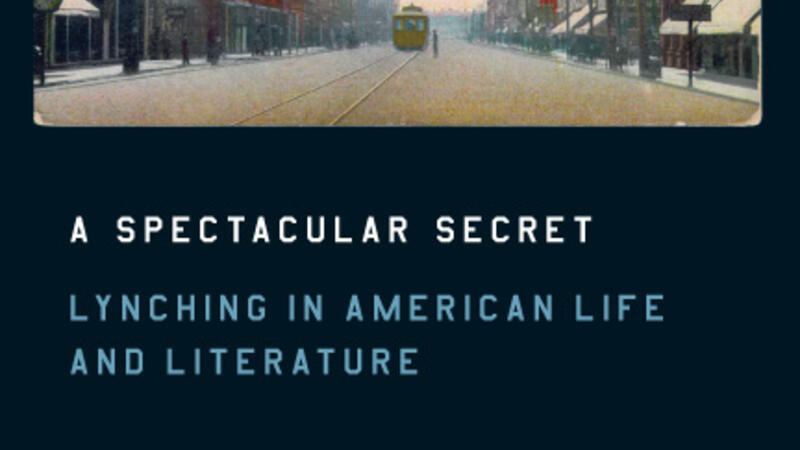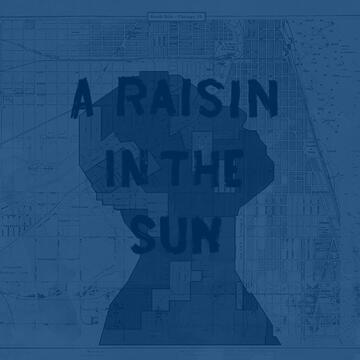The African American Civil Rights Movement is often presented within a limited context of events that occurred during the late 1950s and the 1960s. In reality, the radical change of this period was fueled by an incipient set of factors, most notably, the scourge of lynching in the Jim Crow South. The conviction and determination of civil rights activists derived from a broad spectrum of early 20th century influences spanning the campaign for women’s suffrage, the Harlem Renaissance, World Wars I and II and other events that made an undeniable moral imperative increasingly urgent.
As you explore this Yale Alumni Academy program, African American Civil Rights: From Reconstruction to Right Now, you'll experience a story that spans from the end of the Civil War through today. This program features four themes: Reconstruction, Rights, Revolution and Right Now, explored through online museum exhibits, videos, collections from Yale's archives, virtual visits to historical sites around the country and recorded on-demand events.
